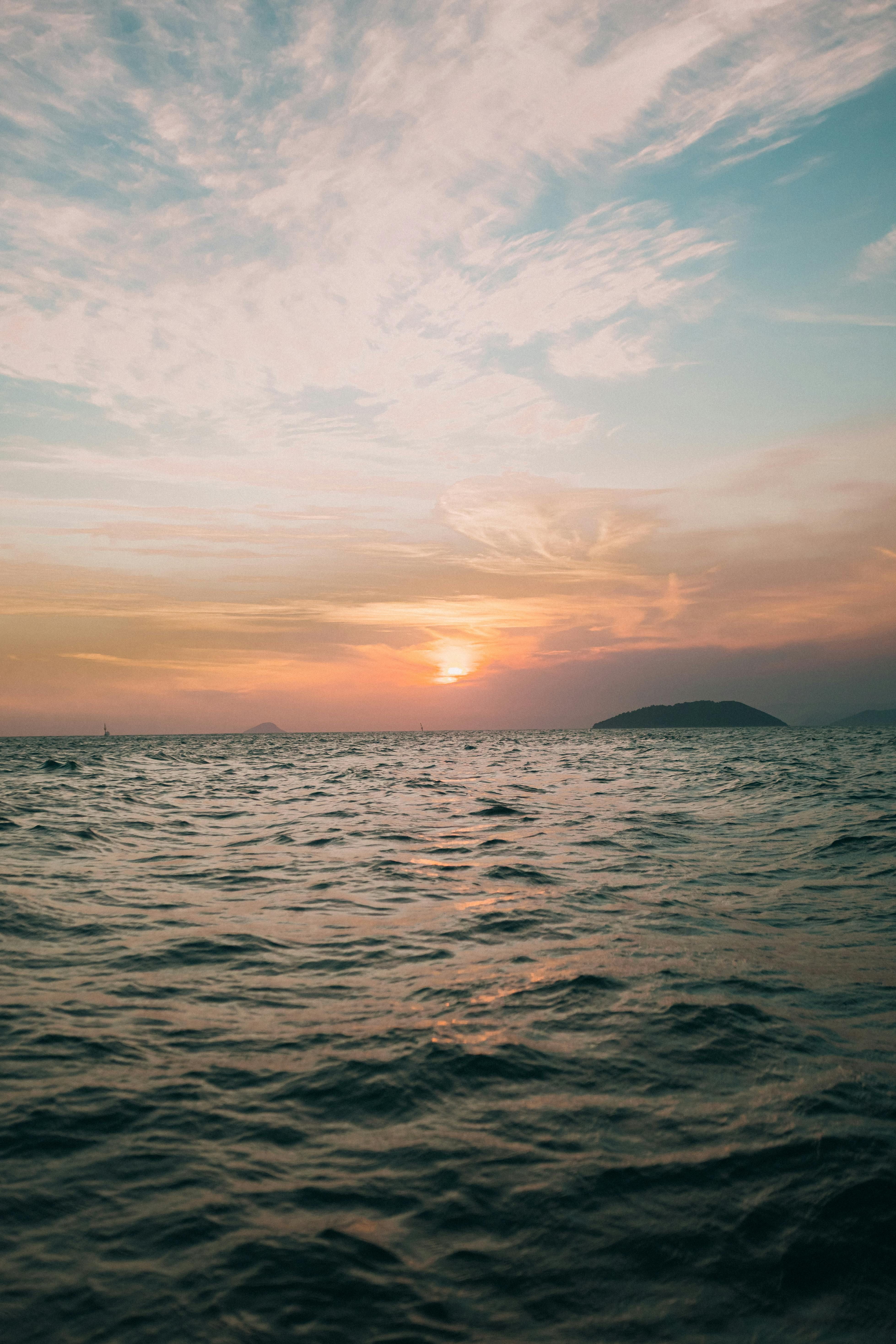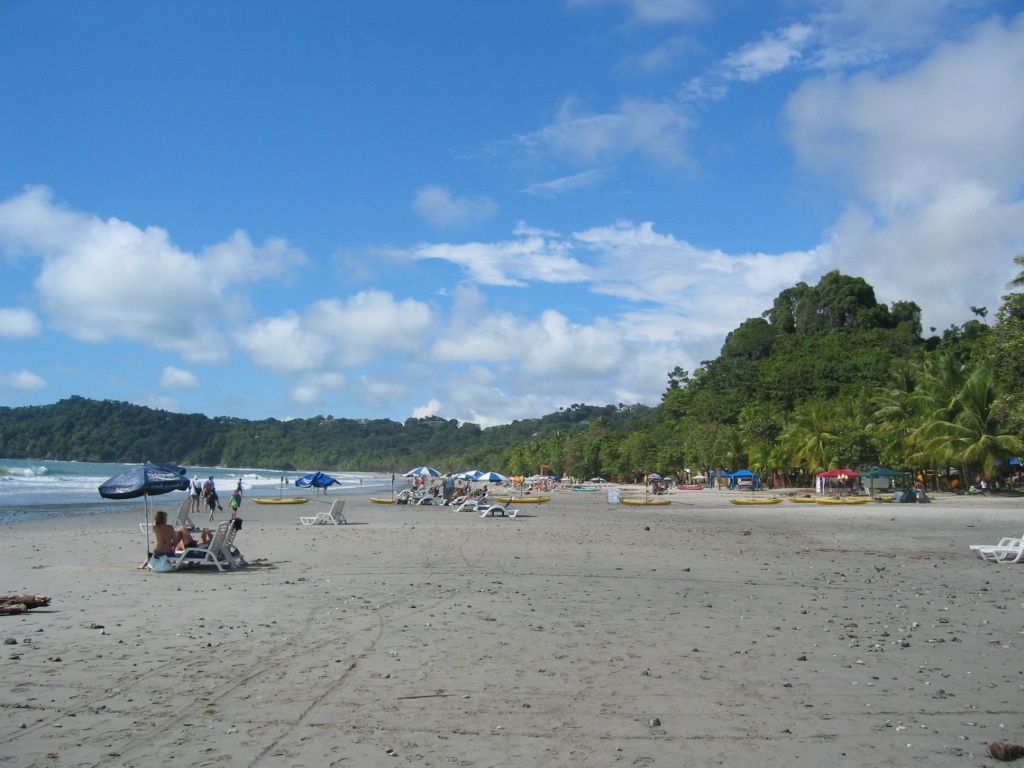Nine Notable Strategies for an Adventurous Wild Camping Experience within India
Camping in India can be an extraordinary adventure if you know what you're doing! From the pine forests of Himachal to the backwaters of Kerala, the country offers a myriad of off-grid locales to disconnect from the hustle and bustle of everyday life. But don't let the Insta-worthy moments fool you - without proper preparation, you'll be battling leeches, losing arguments with Google Maps, or explaining your tent to the local police. Here's how to genuinely relish camping in India - with no filters needed.
Pro Tip: Read about "India's Hidden Gem", Winch Camp, as recommended by Travel Vloggers.
Tips for a Fantastic Camping Experience in India:
1. Know Your Limits (Literally)
Wild camping in India resides in a grey area. While it's not entirely illegal, it's also not welcomed unless on private land or with explicit permission. States like Himachal Pradesh, Uttarakhand, and parts of the Northeast are more permissive about it. Ladakh is the top choice, especially around Tso Moriri or Pangong Tso (camp only within designated zones). In the South, Coorg and Wayanad provide forested spaces, but permits are necessary in most areas. Chat with locals or forest officers before setting up camp.
2. Eat What You Want (and Will Keep)
Maggi is a camping staple, but it's not the only tasty option. Pre-cooked rice packets, theplas, dry sautéed vegetables, and energy bars work great. Pack masalas, tea bags, and instant coffee - you'll thank yourself later. Refrain from eating meat unless you can maintain proper storage. Nobody wants a tummy upset in the wilderness.
3. Choose Wisely (Your Spot, That Is)
Choosing your campsite wisely is the key to a pleasant camping experience in India. Avoid picking a picturesque spot just for the view. Opt for a flat, dry surface, far from cliffs, rivers (that can rise overnight), or animal trails. India has a high human-animal conflict rate, so steer clear of camping deep in the forests unless accompanied by a guide. And watch out for ant hills - trust us on that.
4. Connect with the Locals
Villagers and local guides are your best buddies in India. They can help you find safe spots, warn you about wildlife or weather changes, and sometimes even let you pitch a tent on their farmland (a small payment is appreciated). A little Hindi - or even better, the local language - will go a long way.
Promise: Everest Base Camp Trek guide coming soon!
5. Switch Off, Without Switching Off Completely
Coverage fades fast in the hills or jungles. Download offline maps (MapMyIndia, Google Maps offline, or Gaia GPS), and always carry a paper map. Leave your itinerary with someone before setting out. A basic compass isn't a bad idea either.
6. Don't Pinch Pennies (on Gear)
Camping stores might be hard to find in India, so prepping ahead is essential. A lightweight tent, an appropriately warm sleeping bag, and a foam mat are must-haves. Nights in the hills - even in summer - can be brutal, so dress in layers. Insects are omnipresent in India, so pack a mosquito net or a decent repellent. Portable stoves (such as the small but mighty butane ones) are lifesavers in remote areas.
7. Keep an Eye on the Weather
India's weather can change instantly. The Western Ghats can suddenly pour without warning. In the north, winds pick up speed after sunset. Always check the IMD forecast before embarking on your journey and pack rain gear, even if the sky seems clear.
8. Toilet Time (Plan Ahead)
Public toilets in remote areas are a rarity. Carry a small trowel to dig a cat hole at least six inches deep. Stay away from water sources. Bring biodegradable wet wipes and pack out sanitary products. Invest in a foldable toilet tent if you're camping with a group.
9. Show Some Respect (to Nature and People)
This one's non-negotiable. Leave no litter behind. Avoid lighting fires unless it's safe (dry leaves spell disaster). Turn down the music. And don't share your exact campsite location on social media in real-time - it can attract unwanted attention.
And remember, always research each location thoroughly and plan your trip accordingly. Verify the requirement for specific permits or permissions before heading to your chosen campsite to ensure safety and compliance with regulations. Happy Camping!
- To fully appreciate the beauty of Himachal Pradesh, Uttarakhand, or the Northeast for camping, it is necessary to obtain explicit permission, especially since wild camping in India remains in a grey area.
- In the forested regions of Coorg and Wayanad in the south, camping permits are essential, as they offer suitable spaces for outdoor-living.
- To ensure a fantastic travel adventure in India's remote wilderness, one must choose their campsite carefully, avoiding cliffs, rivers, and animal trails, and being cautious of ant hills.
- Interacting with locals, whether villagers or guides, can prove invaluable, as they can help secure necessary permits, guide you to safe camping spots, and provide information about wildlife and weather conditions.
- With diminishing mobile reception in the hills or jungles, travelers should rely on offline maps, such as MapMyIndia, Google Maps offline, or Gaia GPS, to navigate the terrain, and always leave an itinerary with someone before setting out.






